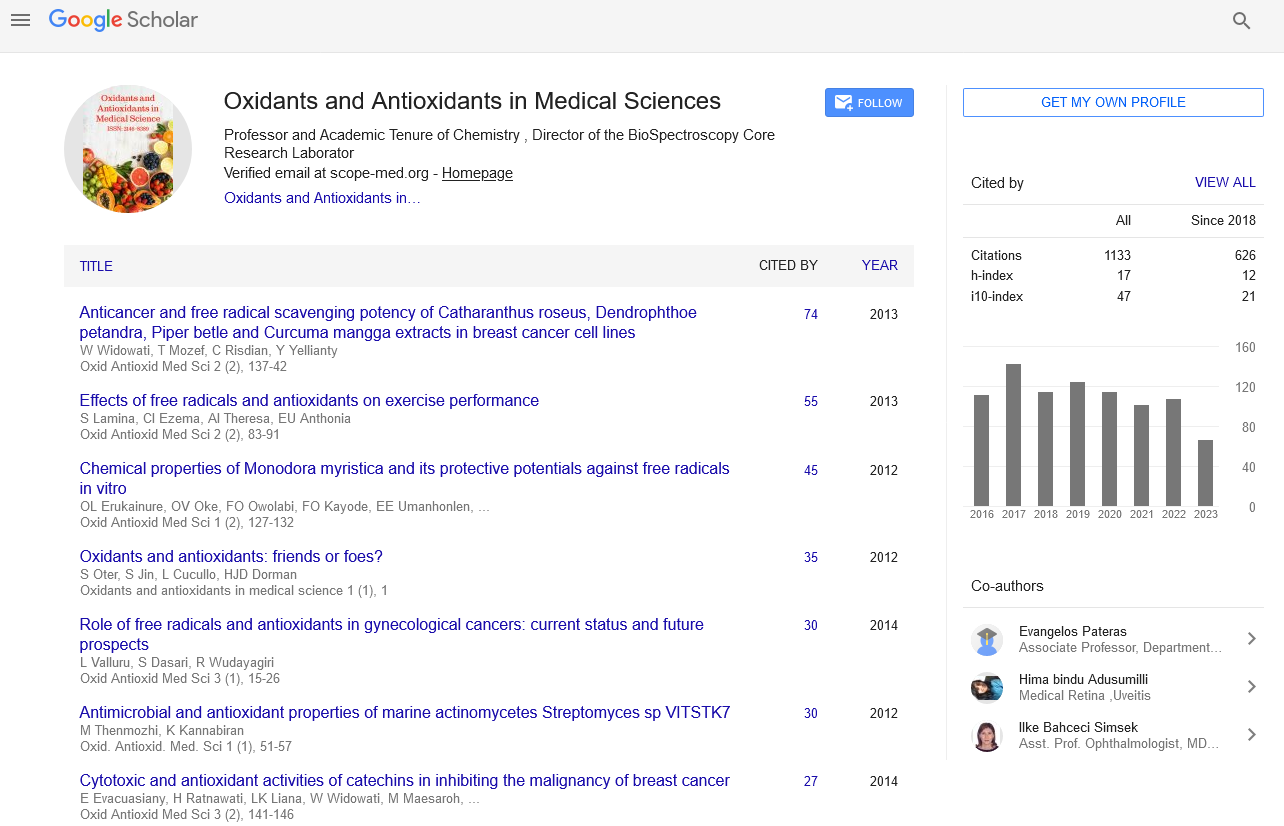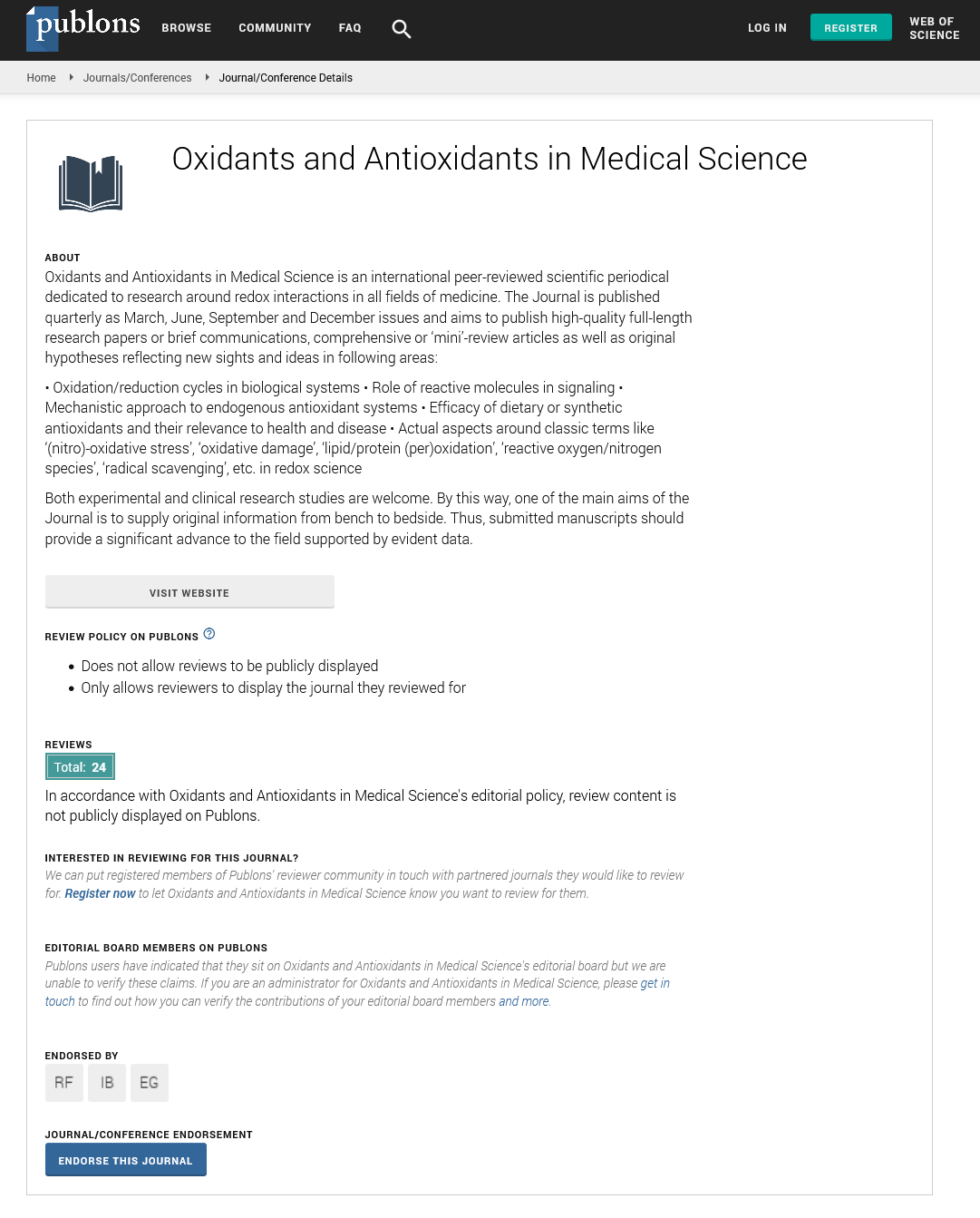Inhibition of LPS-stimulated NO production in RAW264.7macrophages through iNOS suppression and nitrogenradical scavenging by phenolic compounds from Agrimonia pilosa Ledeb
Abstract
Junsei Taira, Wakana Ohminea, Hitoshi Nanbub, Katsuhiro Uedab
In this study, the six phenolic compounds, such as kaempherol, catechin, glucodistylin, aglimonolide-6-O-glucoside and quercitrin from the extract of Agrimonia pilosa Ledeb inhibited nitrite accumulation as an indicator of nitric oxide (NO) in LPS-stimulated RAW264.7 macrophages. 4-ethyl-2-hydroxyamino-5-nitro-3-hexenamide (NOR3) as an NO donor was used in the presence of these compounds and the nitrite level then decreased, indicating that these compounds would potentially have nitrogen radical scavenging activity. An electron spin resonance (ESR) study of the NO generating system containing NOR3 and 2-(4-Carboxyphenyl)- 4,4,5,5-tetramethylimidazoline-1-oxyl-3-oxide (carboxy-PTIO) as an NO detection reagent with or without the compound provided evidence that these compounds, such as catechin, glucodistylin and hyperin, directly scavenged NO and that the presence of a catechol group on the B ring in the molecule is responsible for the NO scavenging activity. All of the tested phenolic compounds suppressed the iNOS induction in LPS-stimulated cells. Particularly, the suppression of iNOS protein expression by hyperin and quercitrin was distinct among in the examined compounds. This study demonstrated that the compounds can decrease the level of NO in the cells through involving both a decrease in NO production and a nitrogen radical-scavenging effect.
PDF






